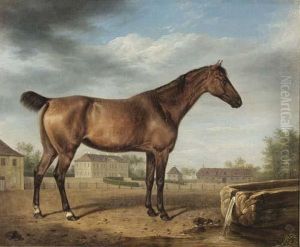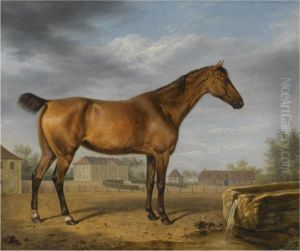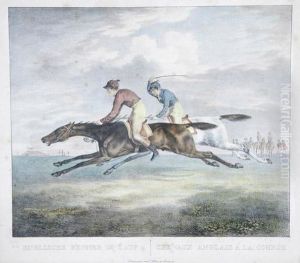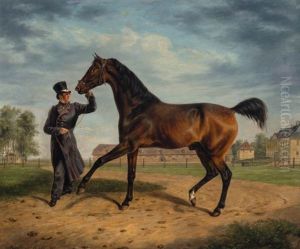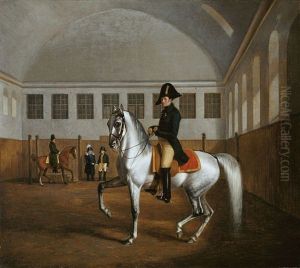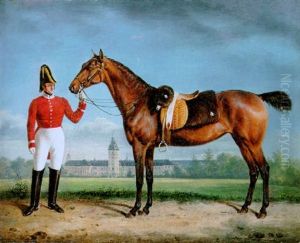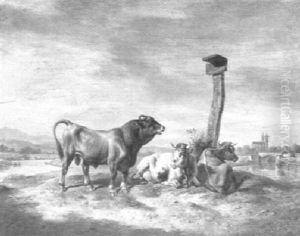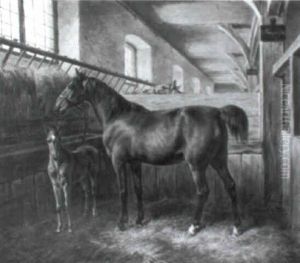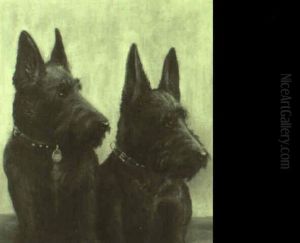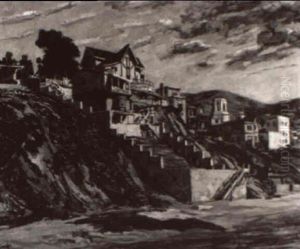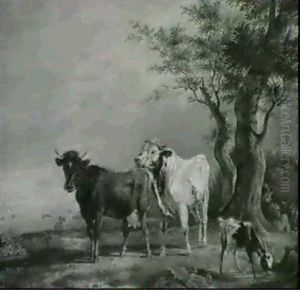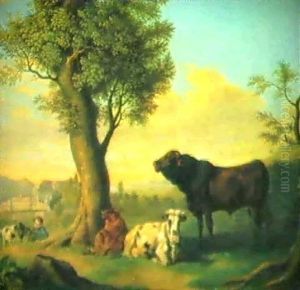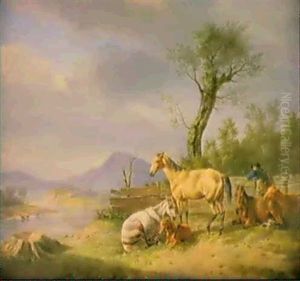Rudolf Kuntz Paintings
Rudolf Kuntz was a German artist known for his contributions to painting and printmaking. Born on March 2, 1916, in Karlsruhe, Germany, Kuntz's early life was immersed in the rich cultural and artistic heritage of his hometown. Growing up in a country that was undergoing significant political and social changes, his work was deeply influenced by the historical context of his time, including the aftermath of World War I, the rise of the Nazi regime, and the impact of World War II on Germany and Europe at large.
Kuntz pursued his artistic education at the State Academy of Fine Arts in Karlsruhe, where he was mentored by prominent artists of the time. His style evolved from the expressionist influences of his youth to incorporate elements of surrealism and abstract art. Kuntz's paintings often depicted distorted figures and landscapes, reflecting the tumultuous era he lived in, as well as his personal struggles and existential inquiries. Despite the challenges posed by the political climate, including periods of censorship and artistic repression, Kuntz continued to develop his artistic voice, experimenting with various mediums and techniques.
Throughout his career, Kuntz exhibited his work in various galleries and museums across Europe, gaining recognition for his unique approach to form and color. After World War II, he became part of the post-war art movements that sought to reinterpret and redefine German art and culture. His contributions during this period were marked by a hopeful yet critical reflection on humanity and the potential for rebirth in the aftermath of destruction.
Rudolf Kuntz passed away on December 14, 1992, in his hometown of Karlsruhe. His legacy is preserved through his artworks, which remain on display in various collections and exhibitions, shedding light on a pivotal period in German history and the enduring power of art to comment on, critique, and transcend its circumstances. Kuntz's work continues to inspire and challenge contemporary artists and art historians, serving as a testament to the resilience and complexity of the human spirit in the face of adversity.
